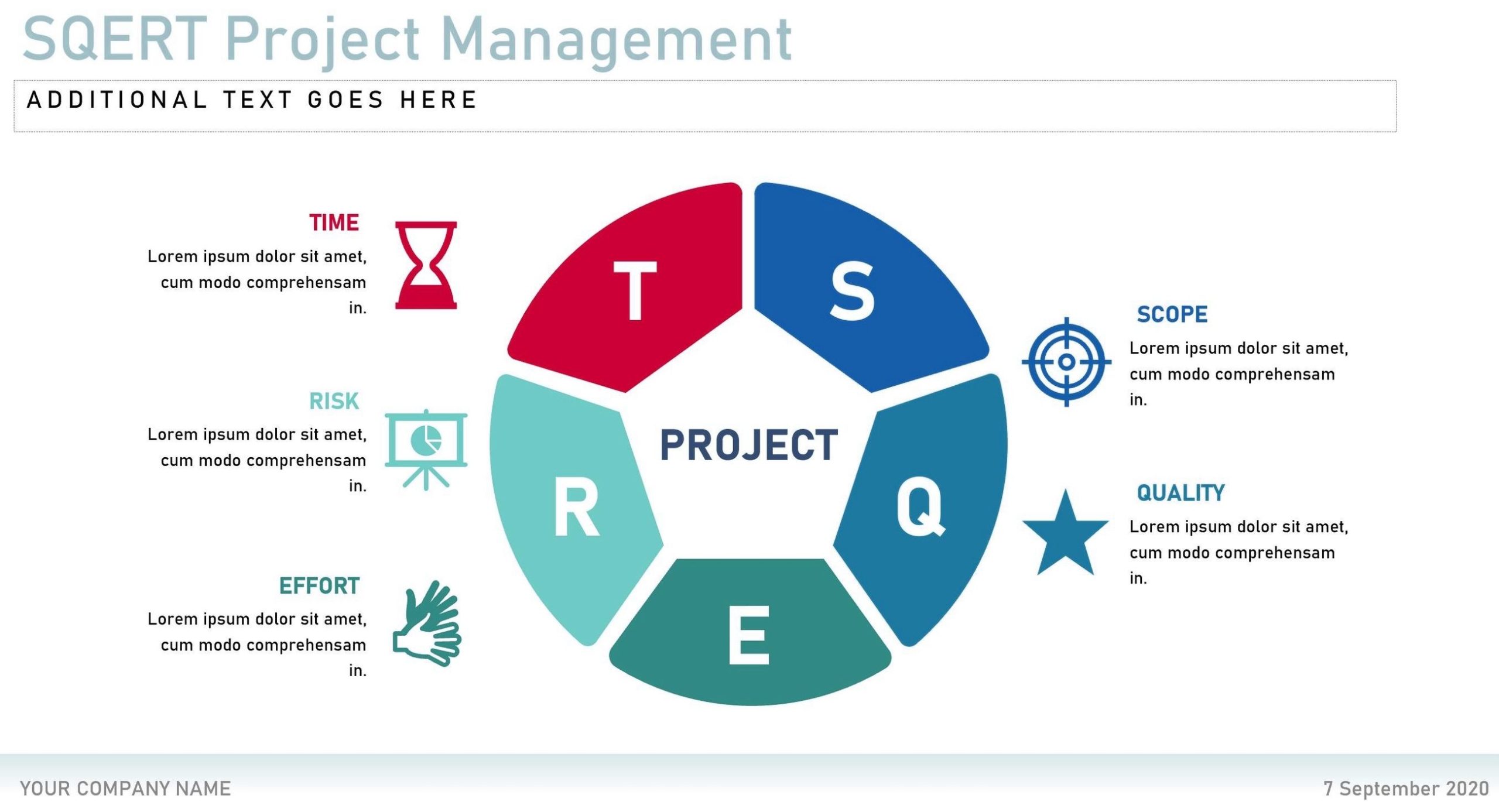
A project management plan is a document that outlines how a project will be executed, monitored, and controlled. It is a comprehensive document that includes several parts. According to the Project Management Institute (PMI), there are two major segments of a basic project plan: the detailed plan and the executive summary . The following are some of the essential parts of a project management plan:
1. Scope Plan: This section describes the final deliverable in terms that the customer can understand. It also defines where the project begins and ends, and includes scope boundaries table, scope quality plan, customer acceptance criteria for the final deliverable, and internal customer acceptance criteria for each interim deliverable.
2. Structure/Accountability: This section includes subproject work breakdown structure, which shows how the project will be broken down into subprojects, the deliverables that will be produced by each subproject, and who is accountable for each deliverable.
3. Schedule Plan: This section includes a detailed timeline of the project, including start and end dates for each task.
4. Resource Plan: This section outlines the resources required to complete the project, including personnel, equipment, and materials.
5. Quality Plan: This section outlines how quality will be managed throughout the project lifecycle.
6. Risk Management Plan: This section identifies potential risks to the project and outlines strategies for mitigating those risks.
7. Communication Plan: This section outlines how communication will be managed throughout the project lifecycle.
8. Procurement Plan: This section outlines how procurement will be managed throughout the project lifecycle.
9. Stakeholder Management Plan: This section identifies stakeholders and outlines strategies for managing their involvement in the project.
10. Change Management Plan: This section outlines how changes to the project scope will be managed throughout the project lifecycle .
